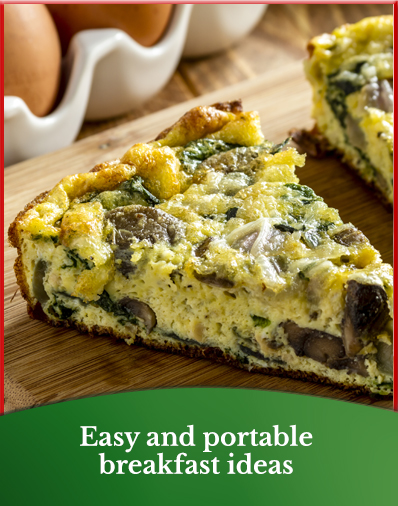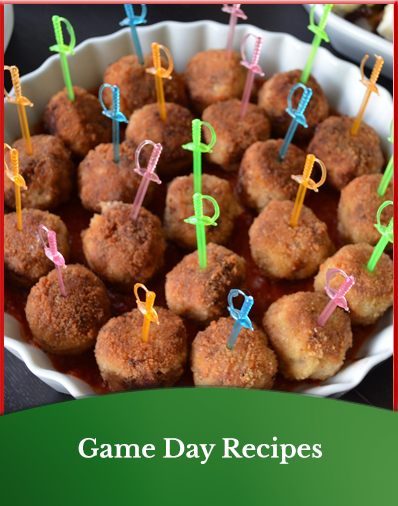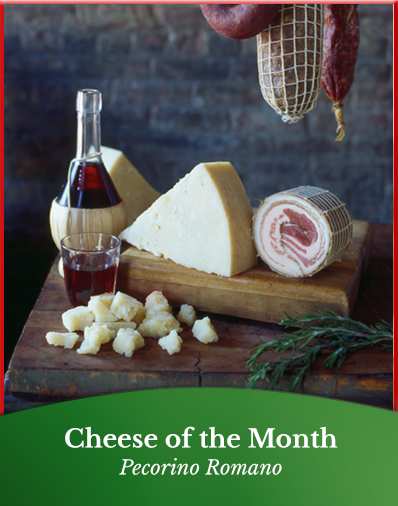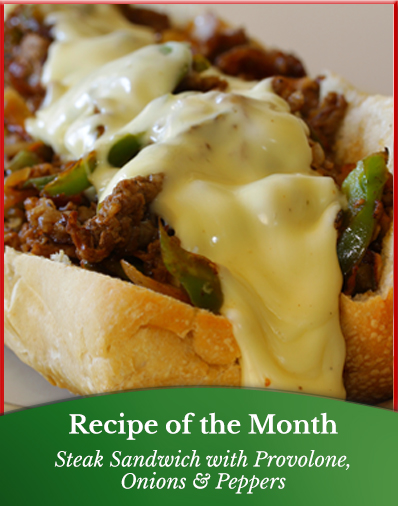
Il Villaggio cheese expert Dan Melotti is dedicated to finding the most delicious authentic artisan cheeses produced in Italy today. Learn the secrets of Il Villaggio flavors in this month’s special interview!
1) What is your typical workday for a cheese maker?
In any dairy there are a team of people with different responsibilities.
The Master Cheese Maker must coordinate all processes and must know the key points that are different from cheese to cheese.
To make Parmigiano Reggiano:
Get up at 5.30-6 am when the milk starts arriving from the farmers at the dairy.
There are different steps of production for Parmigiano Reggiano.
The milk: After warming the milk in a copper cauldron, (600 liters of milk = 158.8 gallons needed to make one wheel of Parmigiano Reggiano) natural whey is added.
Next, rennet (a natural enzyme from calves) is added. This causes the milk to curdle and then the curds are broken up.
Cooking: This delicate phase is the top responsibility of the Master Cheese Maker. The heat expels water from the granules. The Master Cheese Maker decides when to shut off the heat so the granules sink to the bottom of the cauldron forming a compact mass.
The cheese is then lifted from the bottom of the cauldron and divided into two parts.
It is then put into a special mold where it rests for 2-3 days.
Salting: The cheese is immersed in brine (a solution of water and natural salt) for 20 days to allow the absorption of the salt needed to flavor the cheese and permit longer aging.
This process along with cleaning finishes at 11 -12 pm.
In the afternoon:
The Parmigiano Reggiano is transferred from the salting area to the aging warehouse.
The wheels , produced months before, are controlled, inspected and cleaned inside the warehouse.
2) The BEST PART:
After 12 months from production each and every single wheel is inspected by an expert of Consorzio Parmigiano Reggiano.
• If the Parmigiano Reggiano is PERFECT and can be aged longer, the wheel is marked with an oval mark which reads “Parmigiano Reggiano Consorzio Tutela”.
• If the wheels are marked with parallel grooves around the circumference of the wheel, this is meant to be eaten young due to minor problems inside the wheel made during processing.
After 12 months and after the Consorzio’s inspection, you have the possibility to find out if you did a great job or if you made some mistakes.
If a small percent of cheese have parallel grooves you’re sure you did an OK job.
3) What Il Villaggio cheeses have the most labor-intensive production process?
Parmigiano Reggiano.
To produce this cheese you must start from the beginning with controlled feeding. All cows are fed according to a strict regulation.
For example: it is forbidden to feed cows with
any kind of fermented food
any by-product of the food industry
To make 2.2 POUNDS of Parmigiano, 4.23 gallons of milk (16 liters) are used.
You must keep the cheese in the warehouse for 12 months before inspection & Consorzio’s Certification.
It takes 18 or 24 months before the cheese can be sold.
4) What Il Villaggio cheese most reflects the region where it is made?
It is difficult to reply to this question because any and each PDO cheese is produced in different areas where the animals, processing and regulations are all different. There are mountain areas, hill areas, and plain areas where this artisanal production started many, many years ago.
5) How does extensive aging process used to make Parmigiano Reggiano affect its flavor profile?
Parmigiano Reggiano is a PDO cheese with strict regulations.
The characteristic of any cheese depends on the milk and the milk depends on how the animals are fed.
Because Parmigiano Reggiano milk is not pasteurized, it is important where the cows are bred & fed. In the mountains there is grass with many wild flowers and the milk is different from the plains. Mountain milk has more fat than plain milk so when the cheese is aged 18 – 24 or 30 months it remains “soft”.
There are wheels that are the perfect taste when aged 20-22 months, others can be aged more or others can have a perfect taste at 19-20 months.
In the Parmigiano Reggiano production area there are about 450 small & medium sized dairies. This is why the dairies used to make Il Villaggio cheeses are carefully selected and controlled by someone that stays in Italy.
6) RICOTTA SALATA:
Ricotta Salata is produced in Sardinia using 100% Sheep’s whey. The Ricotta US consumers are familiar with is produced from cow’s milk whey.
Ricotta Salata is very different because it’s not soft or salty but is very milky.
I like to grate or shave it in pasta, on top of Pizza or enjoy caprese with buffalo Mozzarella.
An inexpensive option is to cut it into cubes for a Caesar salad.
7) For snacking:
Il Villaggio Provolone Piccante, Asiago Allevo, and Parmigiano Reggiano aged 18-19 months. These cheeses are very flavorful and great for snacking.
The authentic taste is very different from the same product produced in the USA.
8) Longest history:
I think Pecorino, and then we have Parmigiano Reggiano & Gorgonzola.
9) MELTING:
I like Provolone & Asiago melted on pizza. Gorgonzola is also very good.
For a 4 cheese Risotto use:
Gorgonzola Piccante
Fontina
Asiago Allevo
Parmigiano Reggiano
CONCLUSION:
In Italy there are different PDO cheeses.
All are produced from different milks because cows are fed different grass from the different Italian areas/regions.
In the USA, I think most of the milk is similar and is used to produce many different cheeses.
In old times, Romans said “we are what we eat “.




